Google Earth
Explore Google Earth
Science Games
Pick a Grade Level
Epic
Read books on Earth
Code.org
Teach yourself coding
Explore Google Earth
Pick a Grade Level
Read books on Earth
Teach yourself coding
For the last couple weeks we have been looking at volcanoes using maps or Google Earth. Since we have not had time to actually view all of the volcanoes at once, I will make it easier for you.
Now that you have all of the volcanoes loaded into Google Earth, take a look at the volcanoes from a distance – don’t zoom in too close. Move Earth around so that you can see all of them. What do you notice? What do you wonder?
Question: Why do volcanoes occur in these locations?
Use a claim-evidence-reasoning statement to explain your thinking. Here is an example, but also see the hints below.
Sentence frame: Volcanoes _______ [claim]. This is because ________[evidence]. This might be because ________ [reasoning].
A claim directly answers the question.
Use key words provided by the question or prompt as you write your answer.
Avoid using phrases like “I think” or “I believe.” Be CONFIDENT in your claim!
Provide reliable data, clues, or information to support your claim.
What is your proof?
What do you observe that proves your claim?
Explain in detail how your evidence supports your claim.
Restate your claim and evidence to show your conclusion – your reasons for your thinking.
Now we are going to add Earthquakes to Google Earth. We can do this the same way that we added the volcanoes from above.
Last week we made an observation of oil and thyme over a heat source. Your assignment was to draw a model before and after the candle was lit.
For the Epic block, the code is: iqy0462
What are Earth’s features?
What do we notice about Earth?
We are going to use the computers in the science lab to explore Earth using Google Earth.
Last week we worked on mapping out volcanoes. I know that Google Earth did not work for most students, so, today, we will revisit that. You can return to that post here.
By now you should have created a model of Earth’s layers in your science notebook.
The layers should be labeled.
Just want to check that we have completed this in our science notebook.
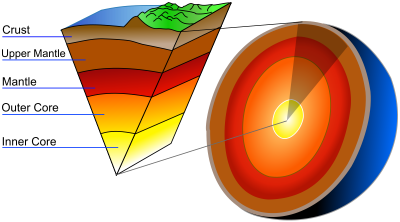
A model is an explanation of what we observe, discover, and learn – usually through drawing.
Draw a model of the set up we have on the table.
We will uses this procedural vocabulary:
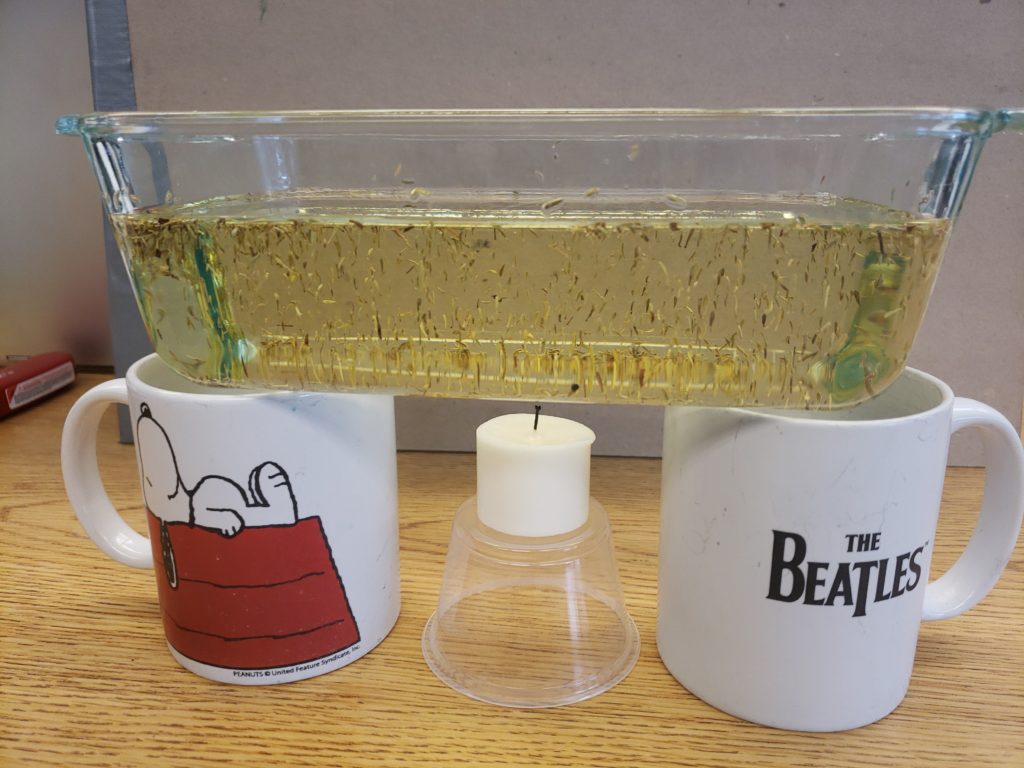
We are going to observe the contents of the container without heat first. Then we will add heat and make a second observation.
You will make a model in your science notebook to show what is happening in the demonstration.
Remember a model shows the visible AND the invisible.
Look at these cloud photos.
Questions for you to think about:
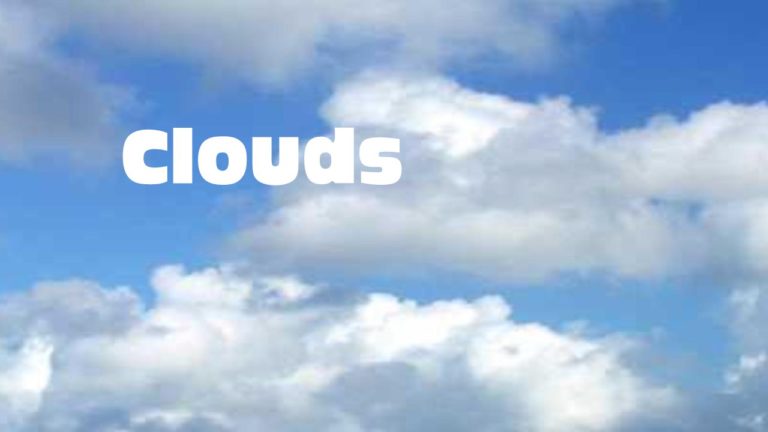
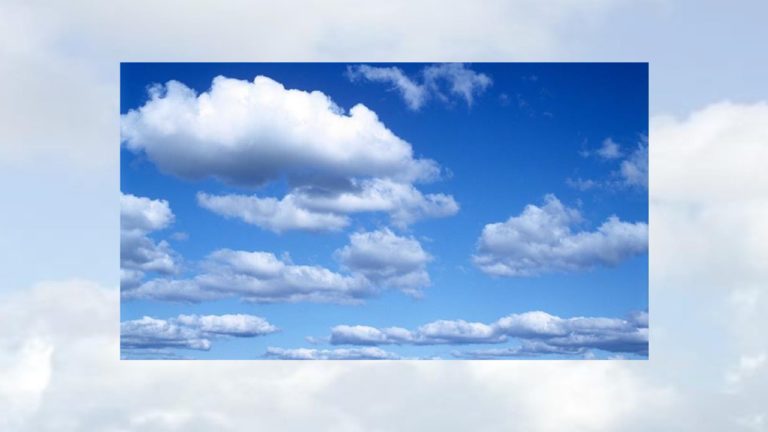
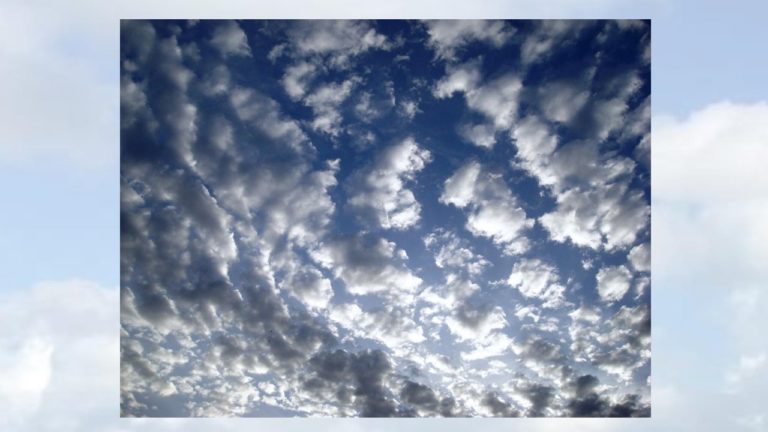
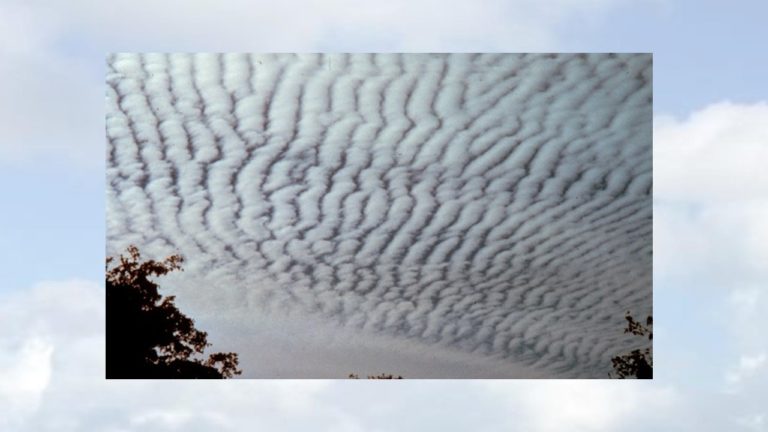
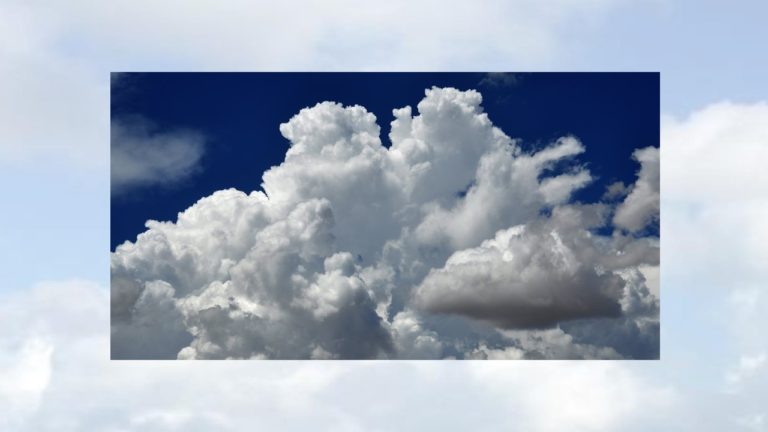
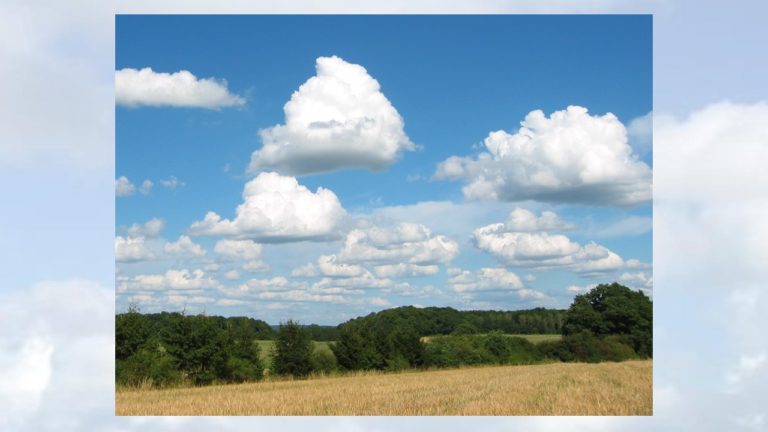
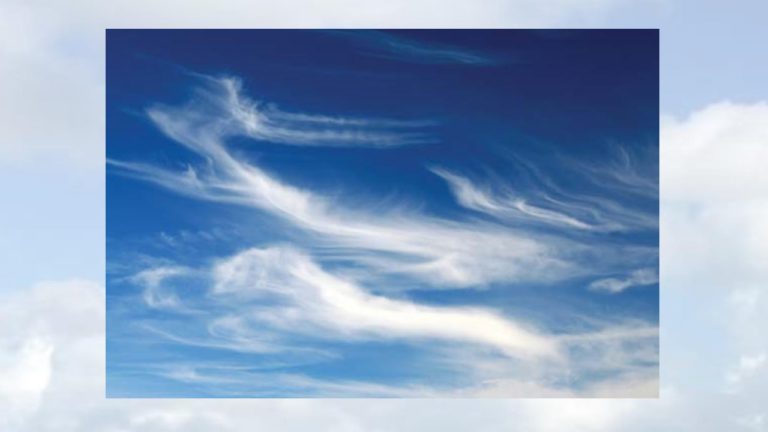
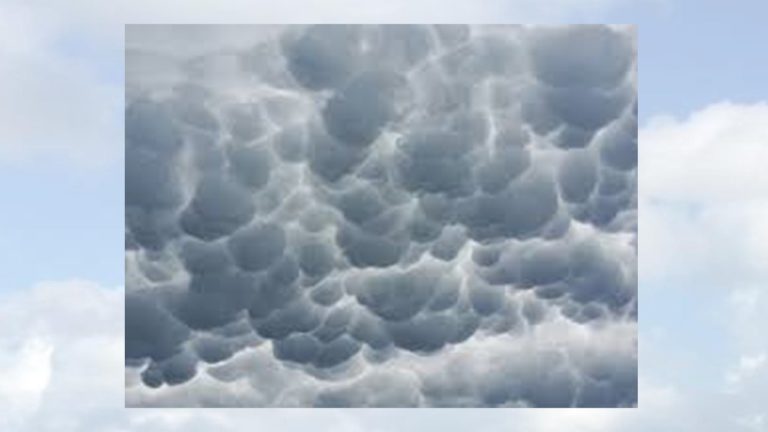
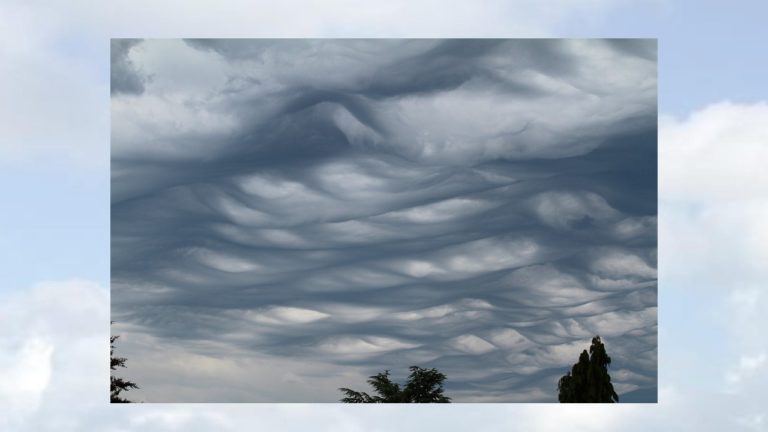
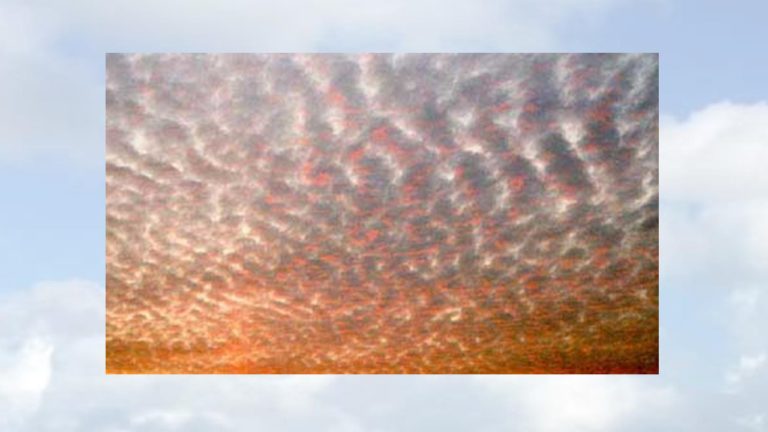
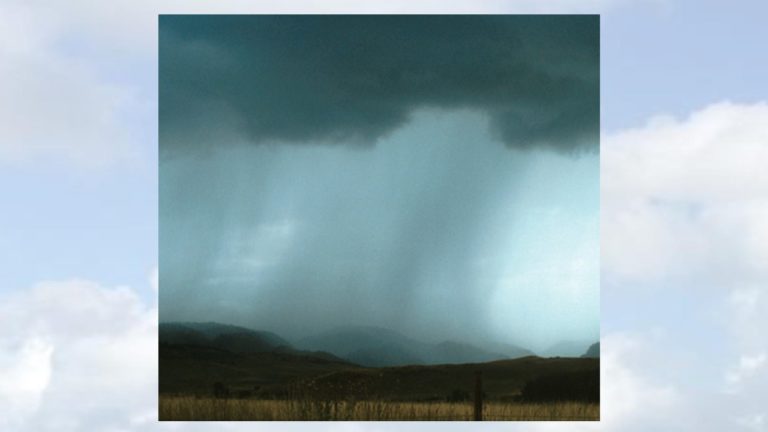
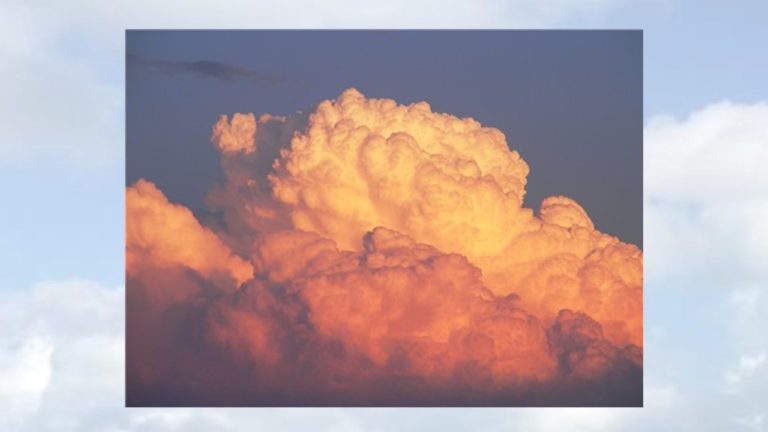
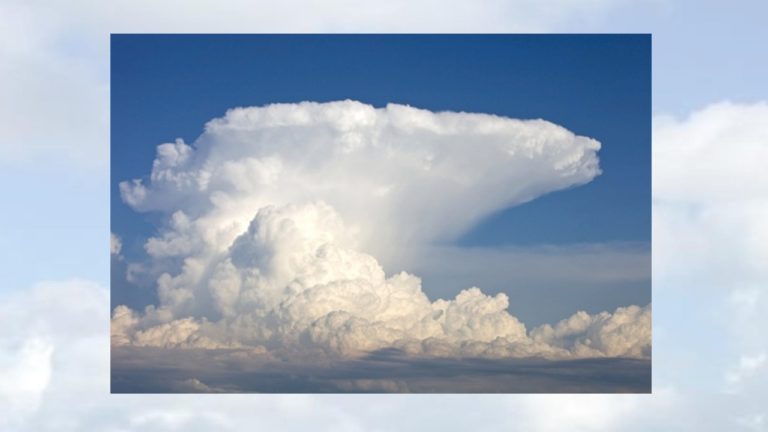
How would you describe stratus clouds?
What words would you use?
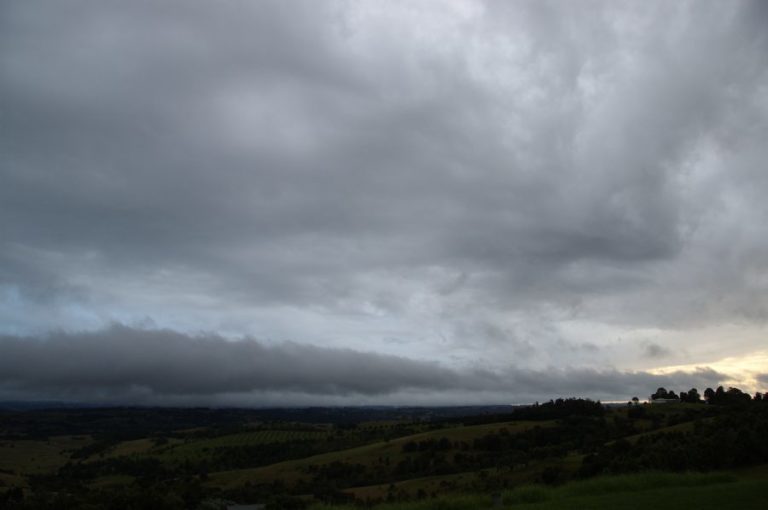
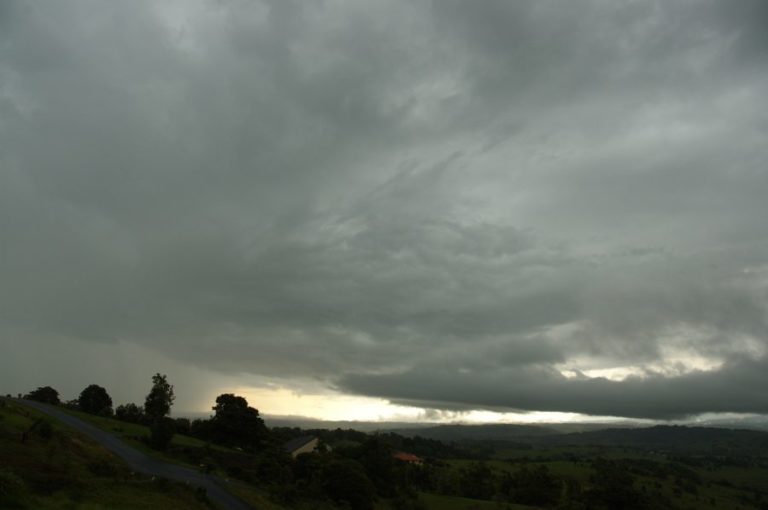
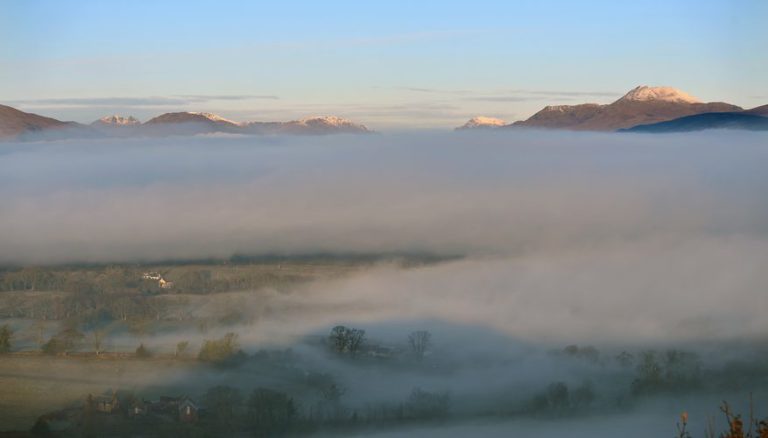

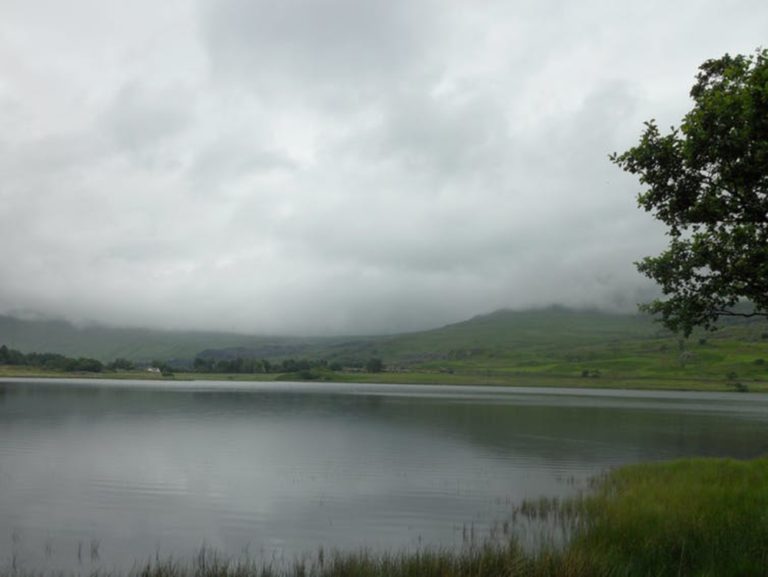
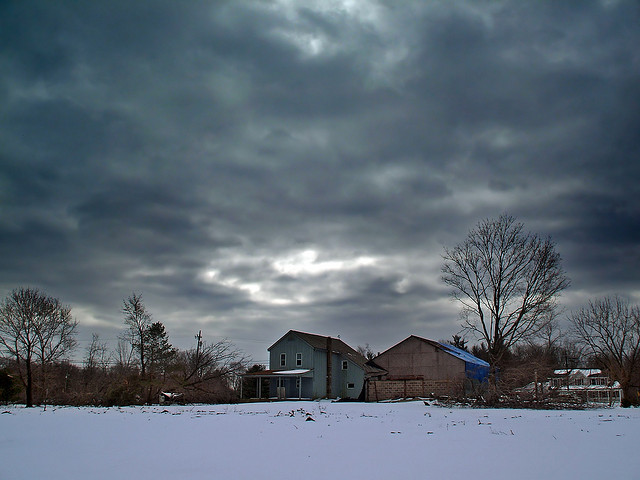
How would you describe cumulus clouds?
What words would you use?
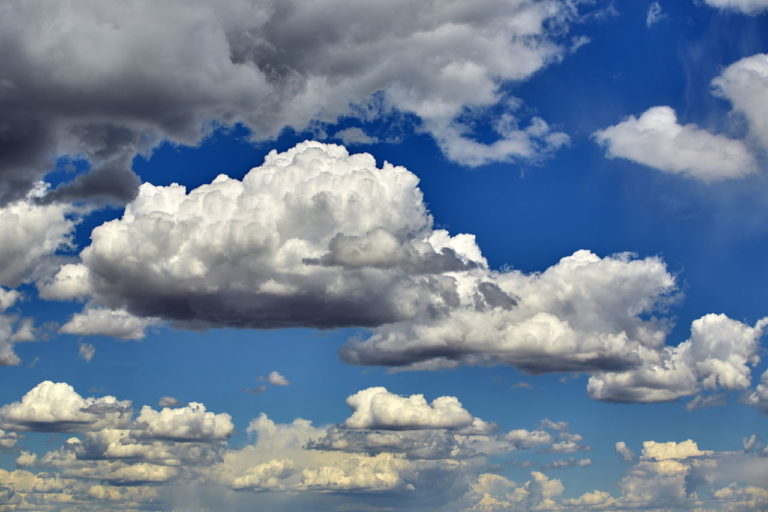
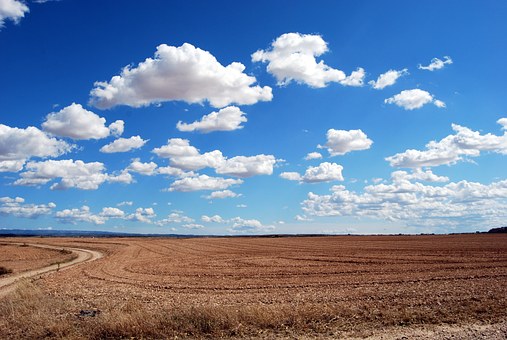
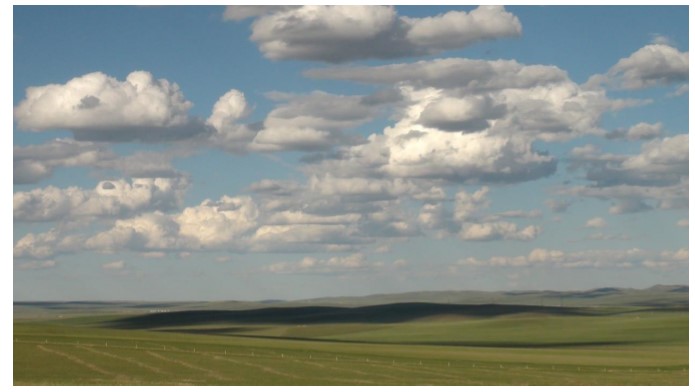
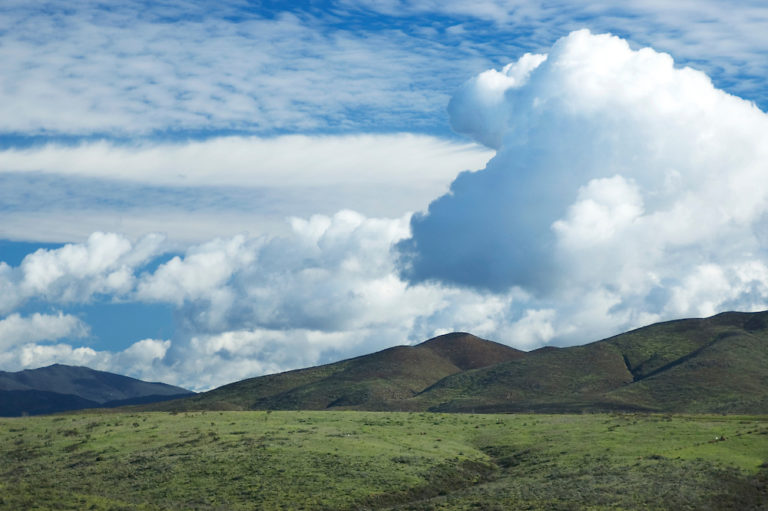
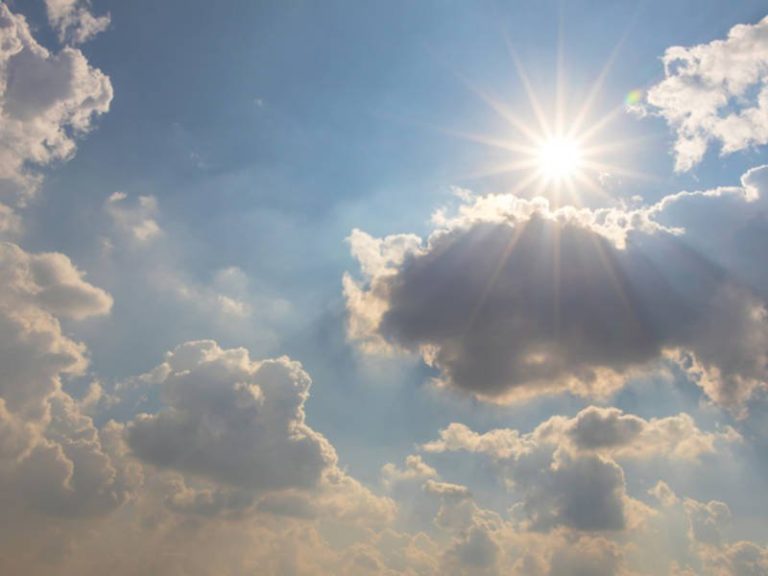
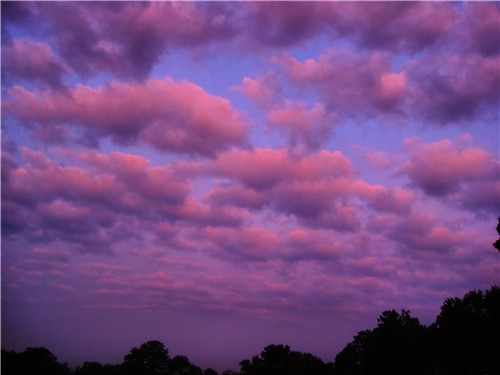
How would you describe cirrus clouds?
What words would you use?
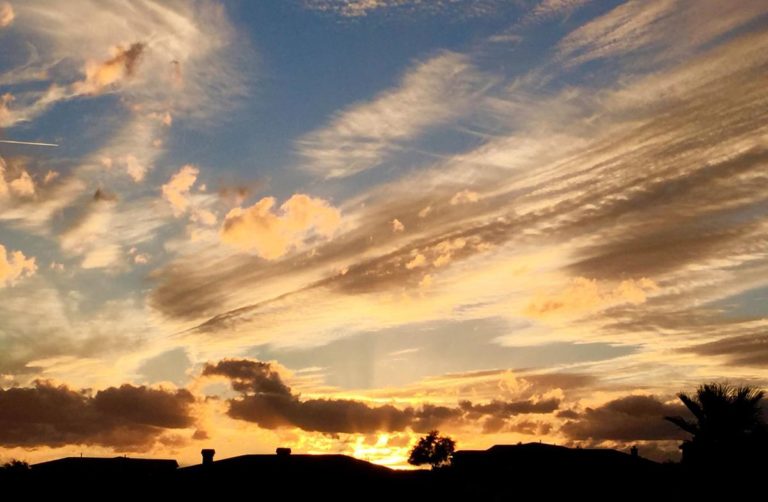
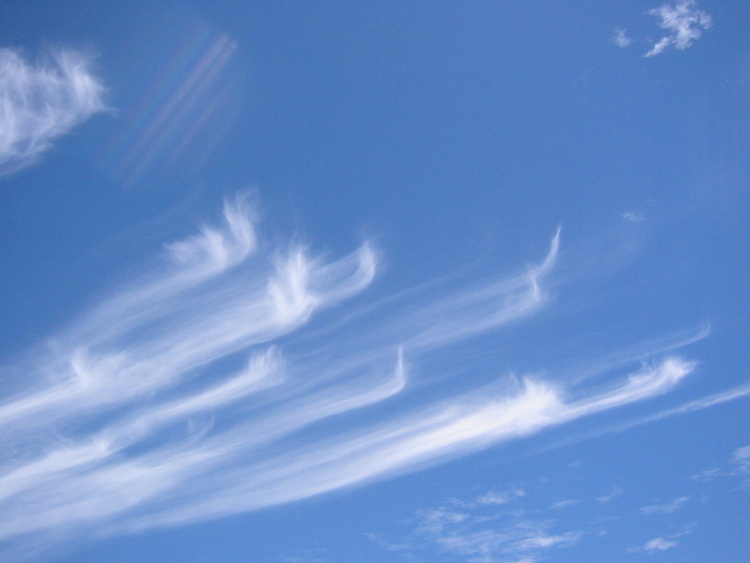
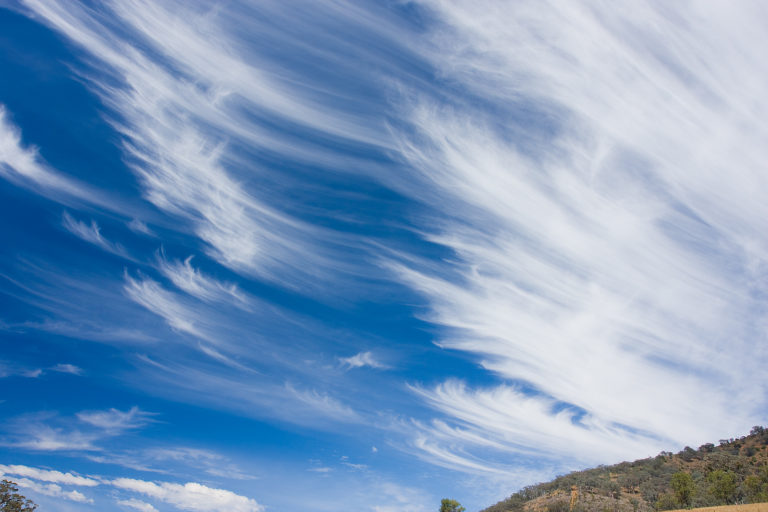
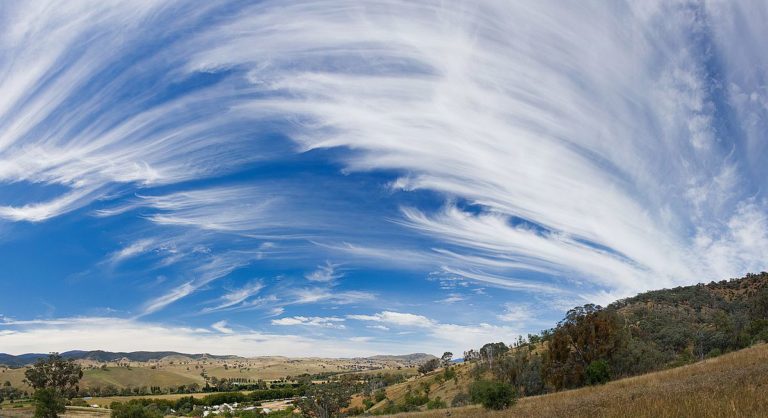
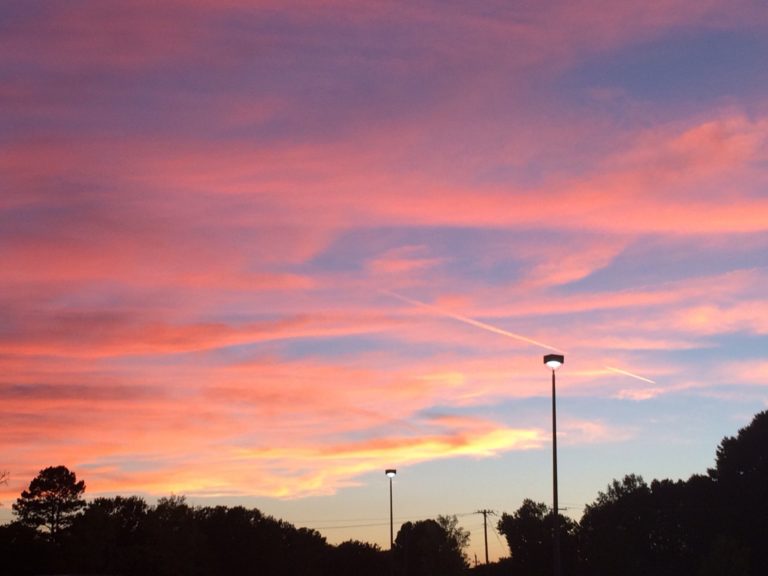
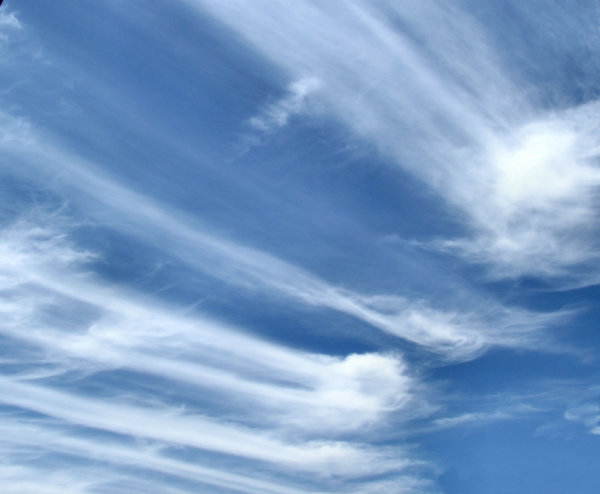
How would you describe cumulonimbus clouds?
What words would you use?
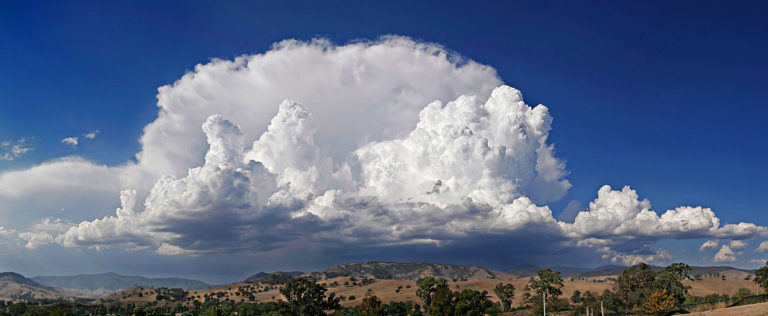
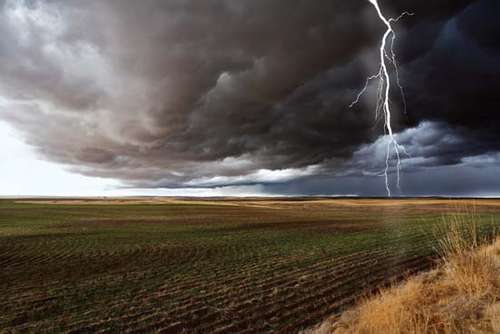
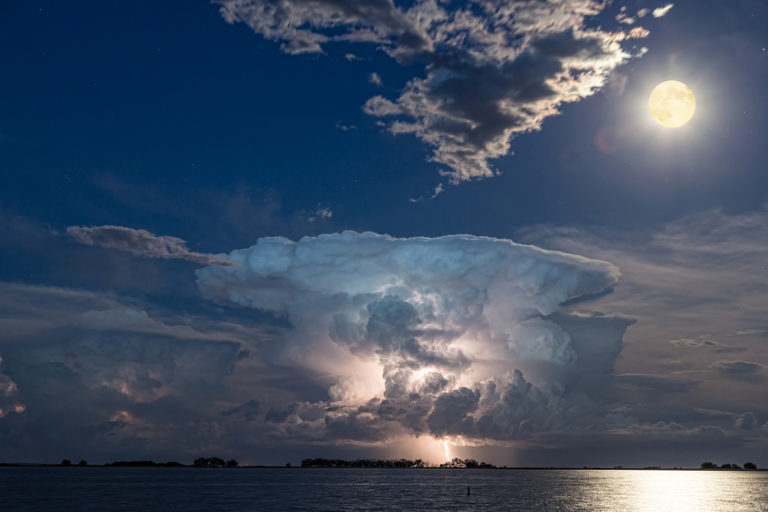
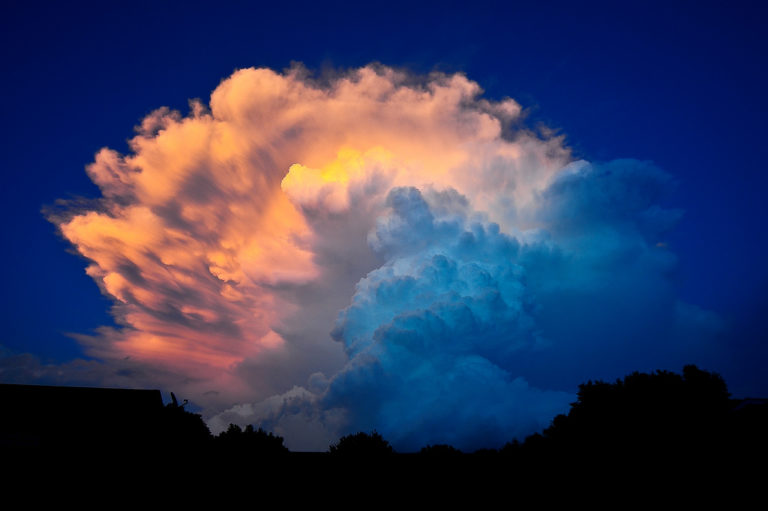
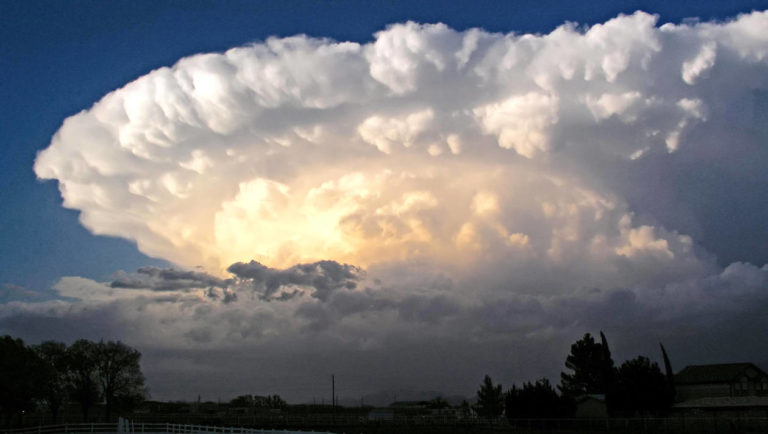
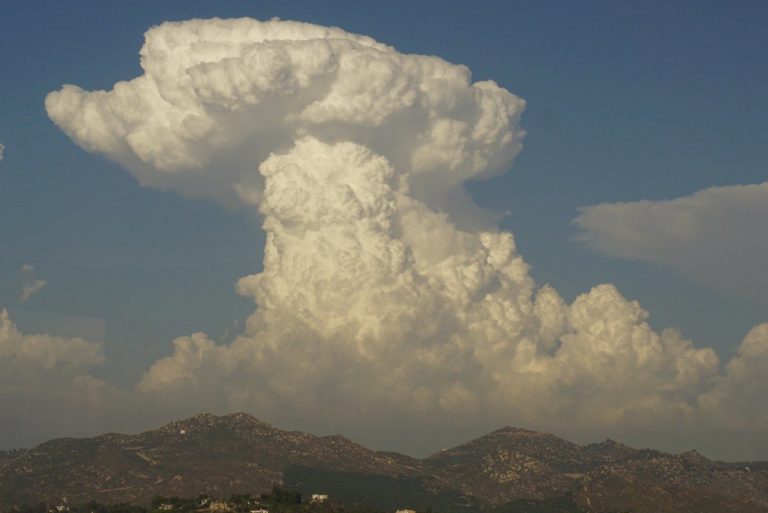
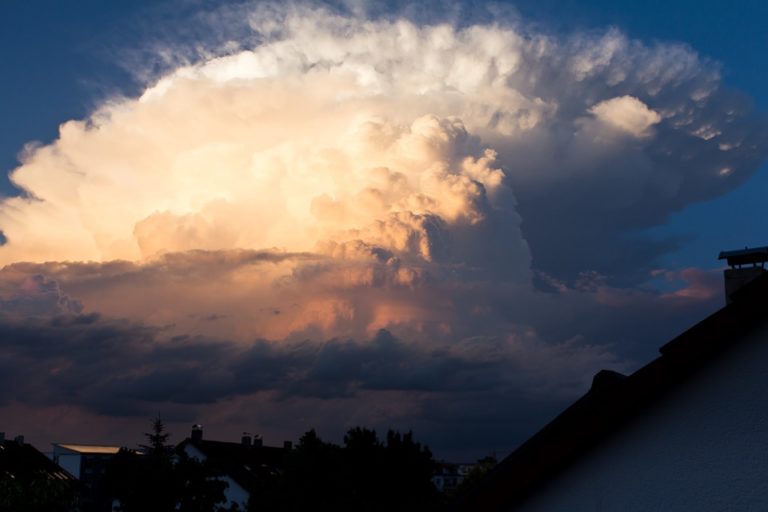
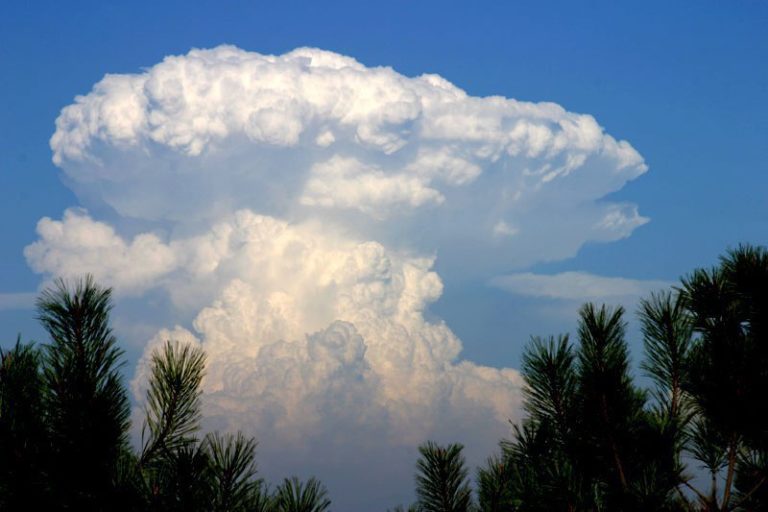

There are actually a lot more types of clouds!
But there names combine the ones we heard above.
Stratus = low or layered
Cumulus = puffy, heap, or pile
Cirrus = high, curl, or fringe
Nimbus = storm or rain
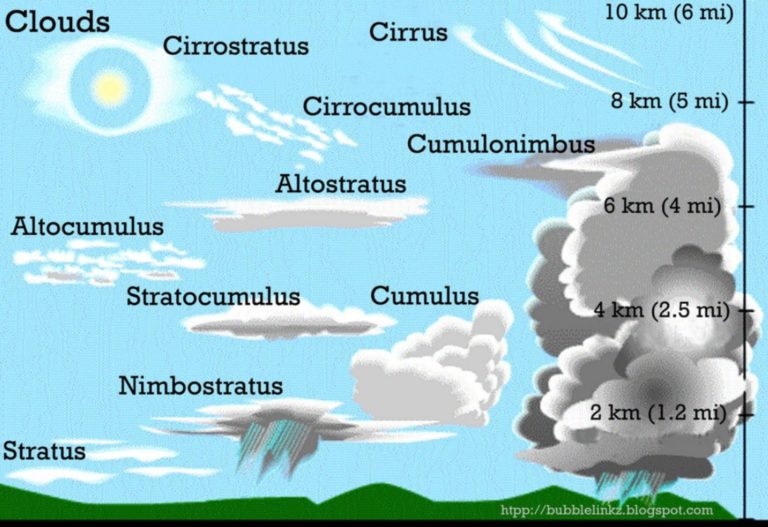
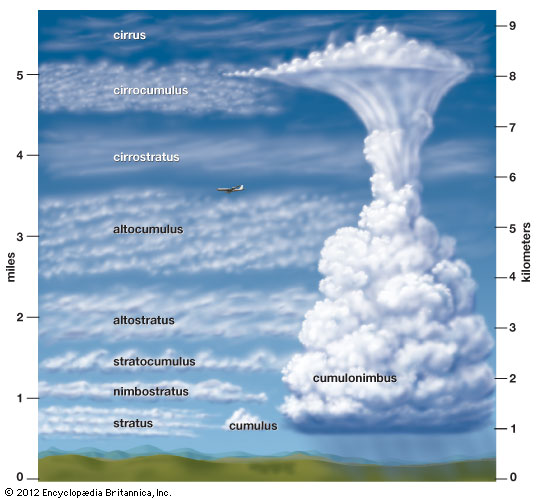
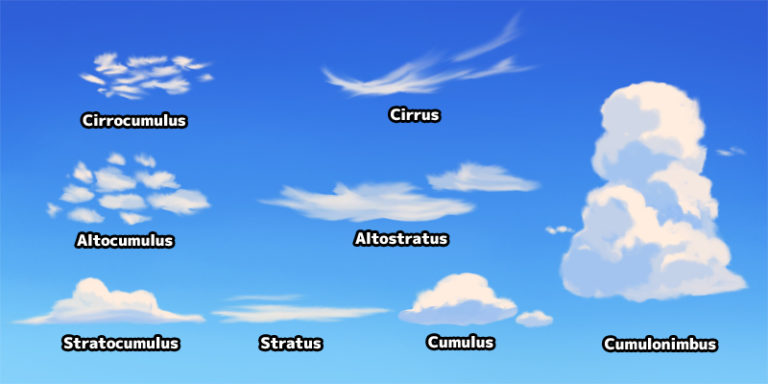
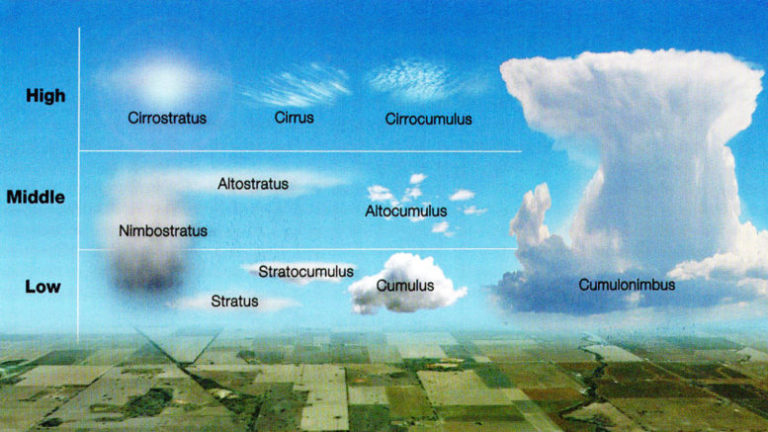
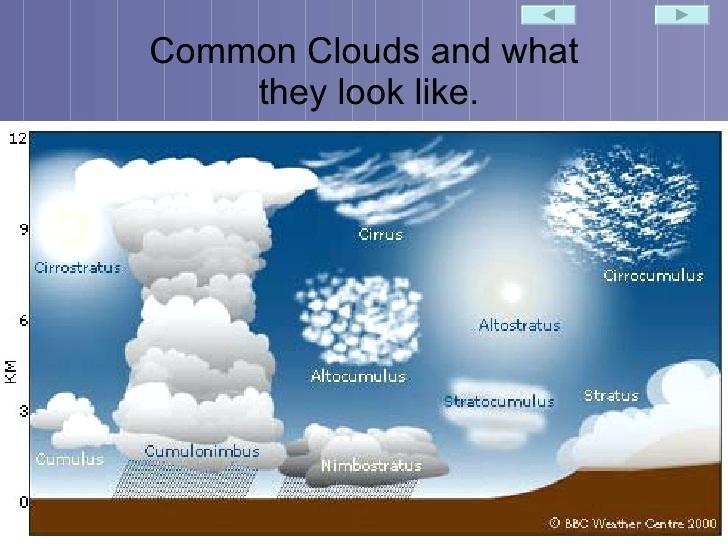
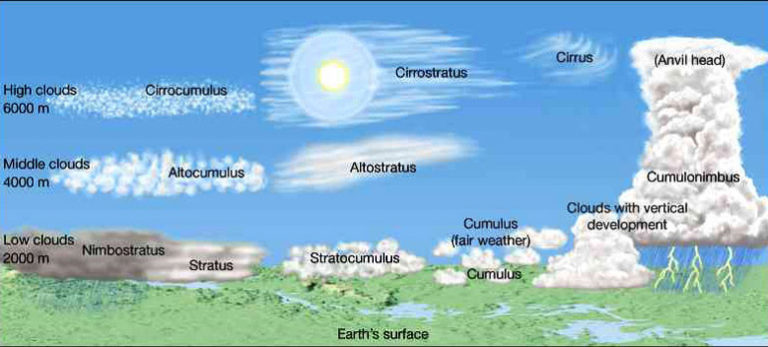
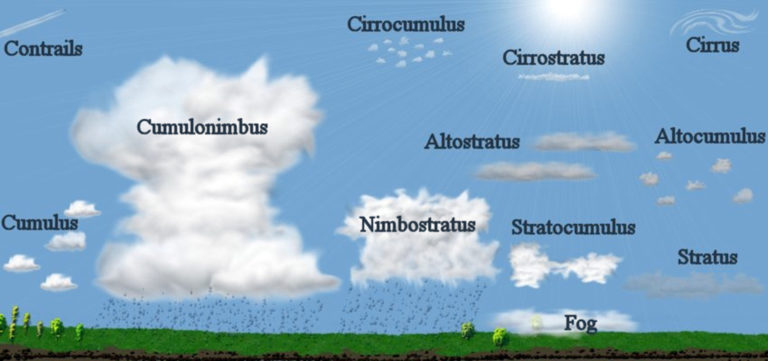
Stratus are low clouds and cover the sky.
Cumulus clouds are puffy
Cirrus clouds are high, thin, and stretched.
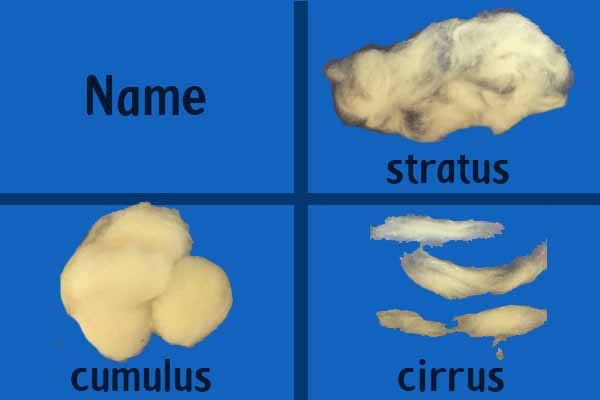
We are going to read this book.
Remember the questions that we have above.
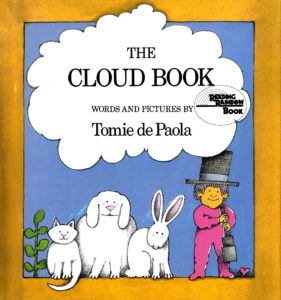
Last week we made a clay model of Earth’s layers. In your science notebook, draw a model on one page to represent the layers we learned about last week -BUT we are going to split the mantle into two – lower mantle and upper mantle. See the graphic below.
We will add more to this model later.
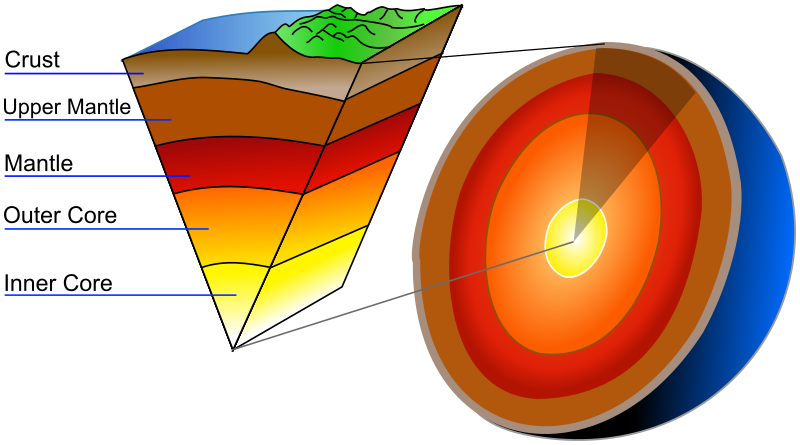
Before we work in Google Earth, we need to change a setting. You need to be logged in to your Google account in order to use Google Earth and save your bookmarks.
Watch this tutorial on how to do the set up and to also add bookmark locations.
You will need Google Earth and the Volcano List.
Text instructions are below.
If you don’t want to follow the video directions. Here are the directions to read.

After you have added all of the volcanoes, answer these questions in your science notebook.
Next we are going to enter earthquakes into our Google Earth map. This time, I will give you a short cut, and you won’t have to enter them separately.
Follow the instructions in the video to add the KML file. You need to download it by clicking the link.
If you did not get your volcanoes all loaded, here is a short cut. Click here to download the volcano KML file.
Text instructions are below.
If you don’t want to follow the video directions. Here are the directions to read.
After you have added all of the earthquakes, answer these questions in your science notebook.
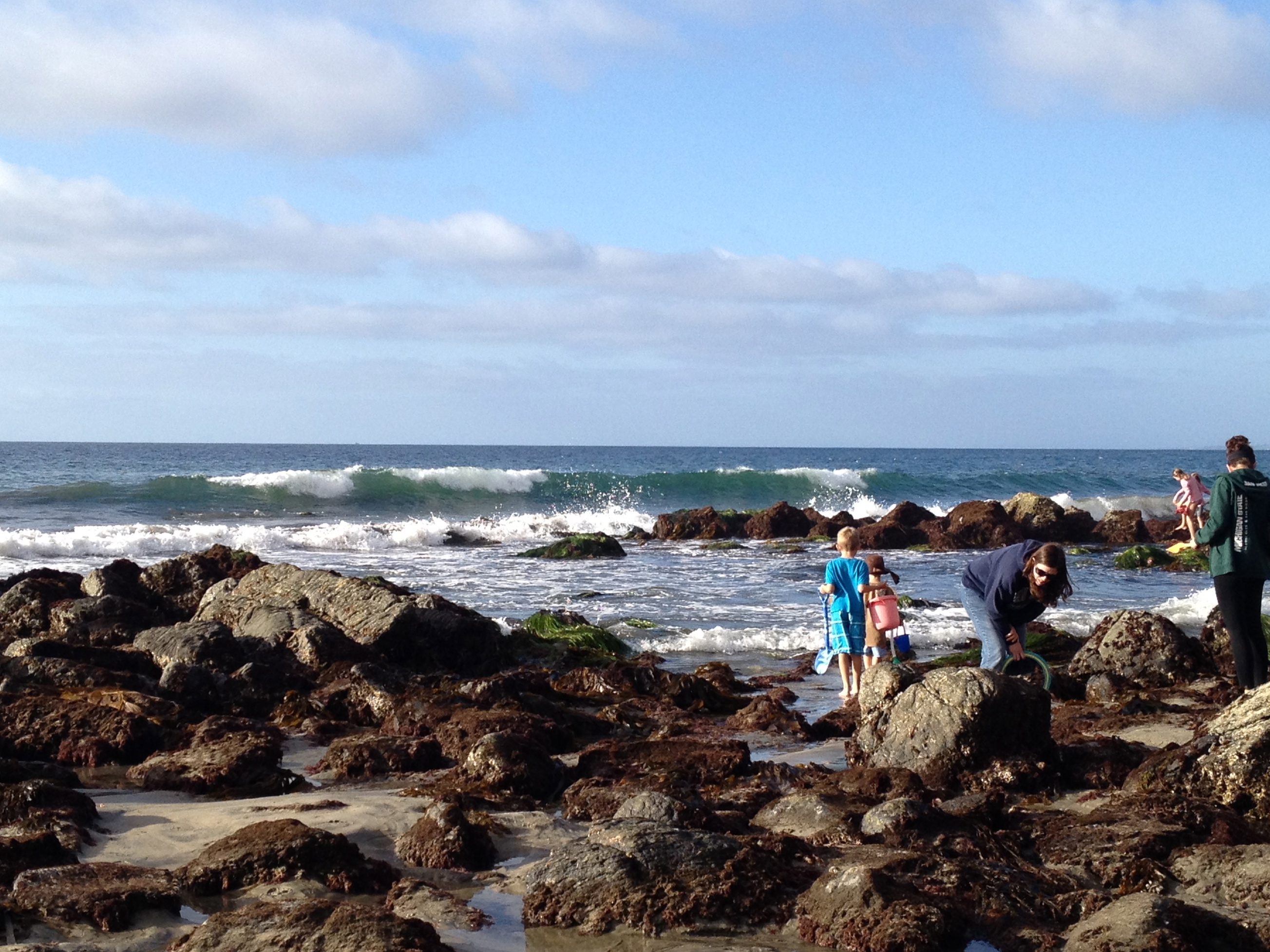

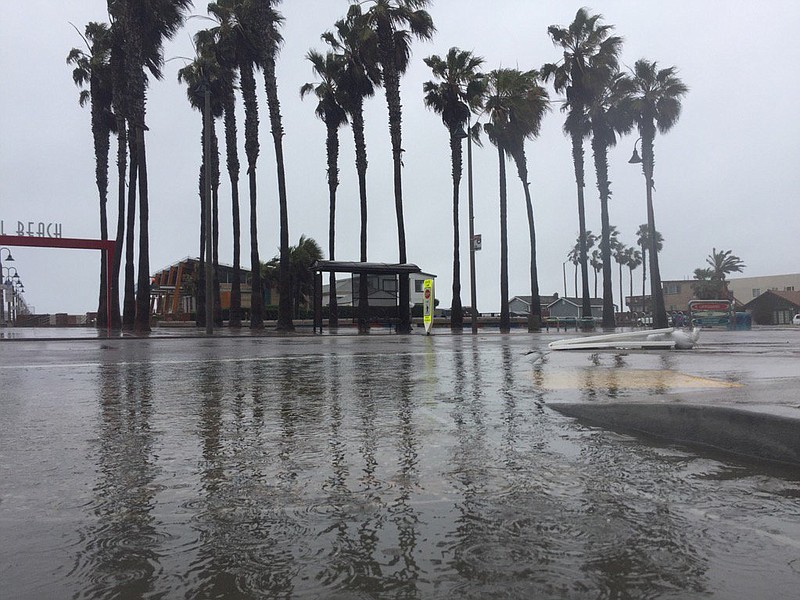
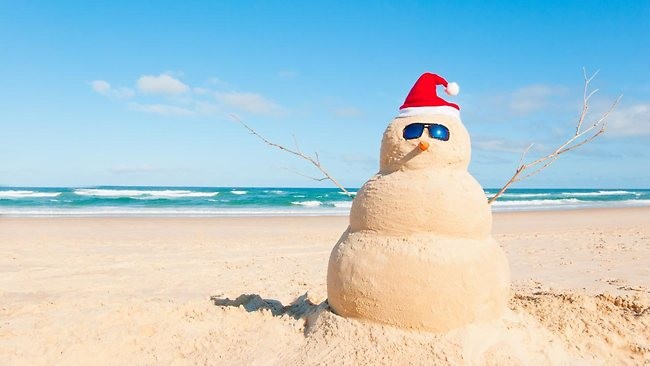
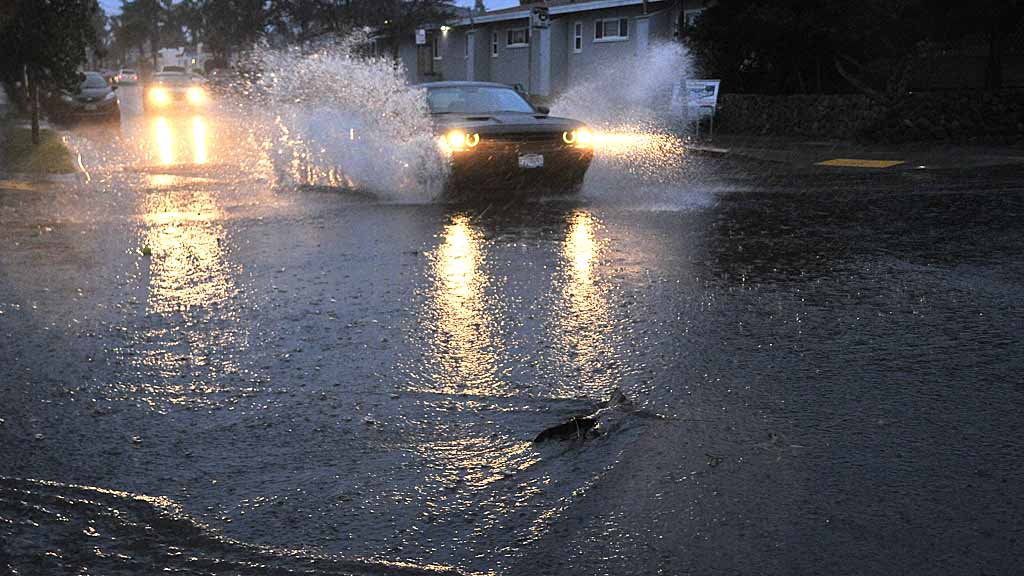
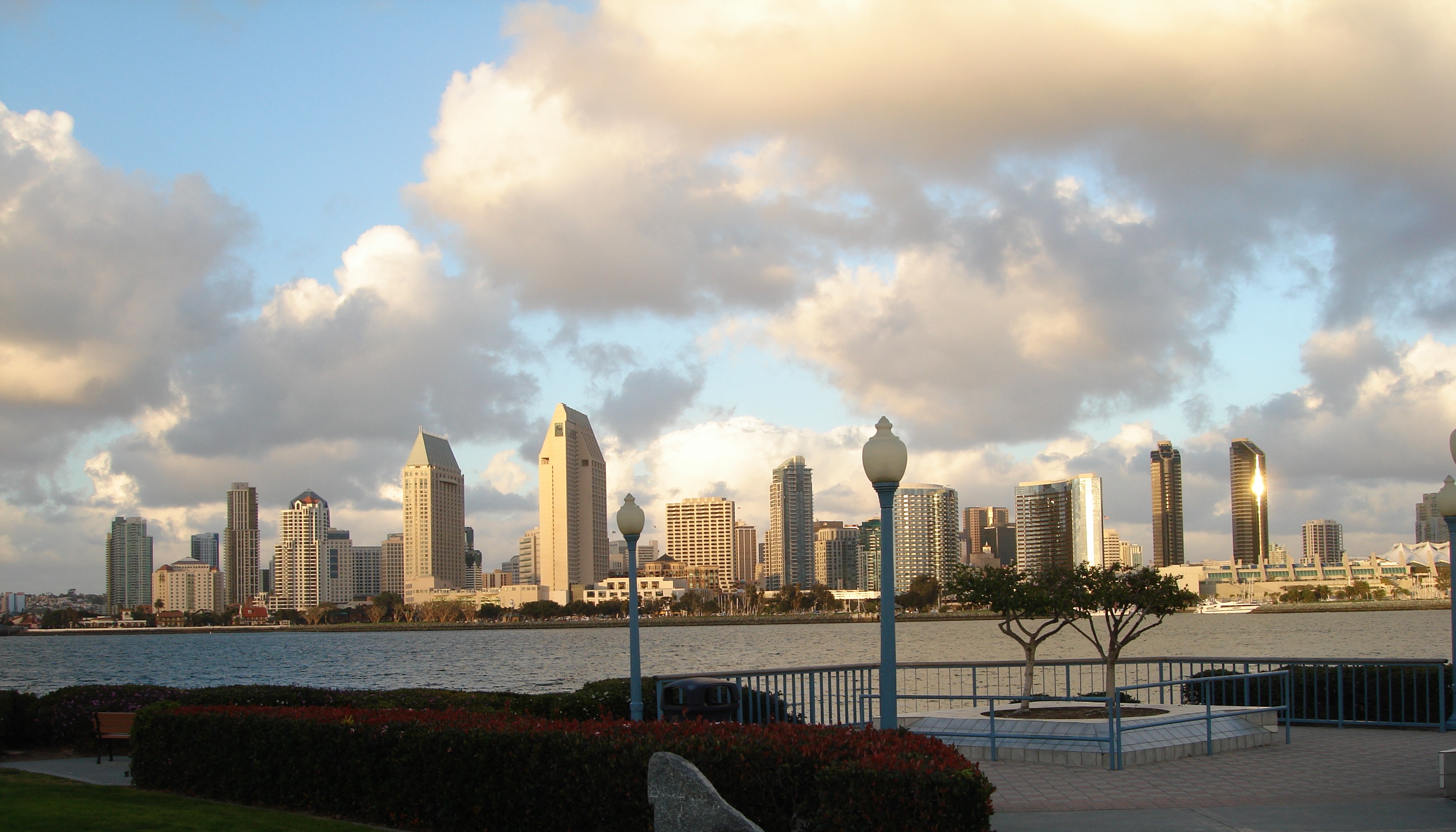
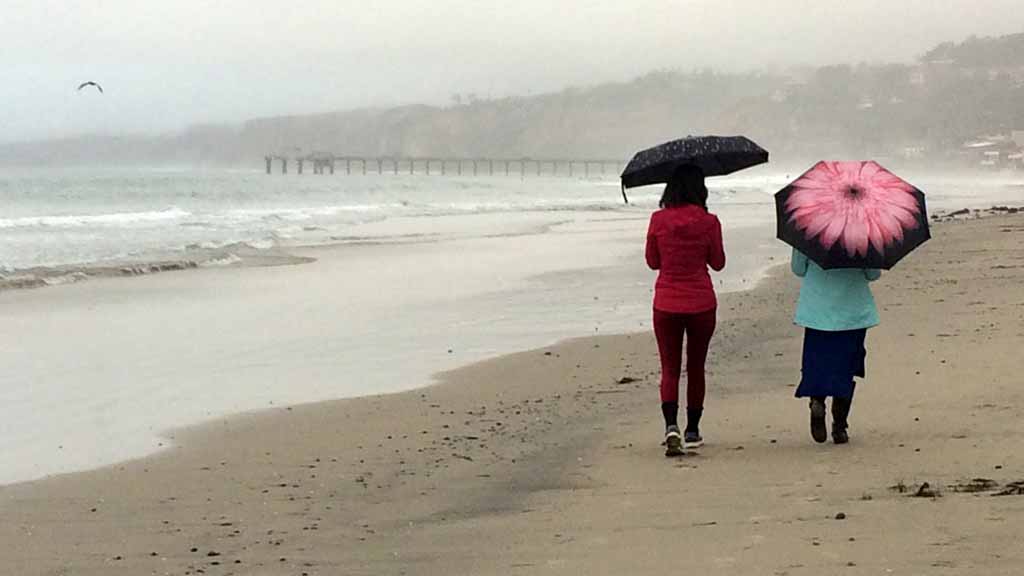
Your friend is coming to visit. They live in another place and they want to know what the weather is like.
What should they pack in their suitcase so they are ready for San Diego winter weather?
What is it like in San Diego during the winter?
How does our weather compare to a place like Alaska during the winter?
The pictures on the left show winter in San Diego.
What should your friend pack?
See below.
These are the clothes you have on your paper.
What should your friend pack?
What should they leave at home?
Are there any clothes that are maybes?
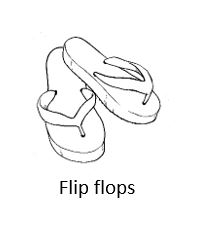
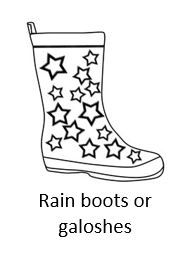

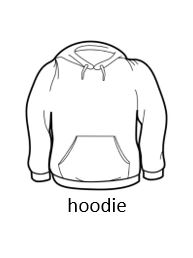

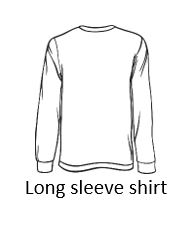
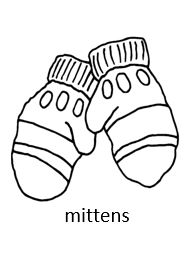
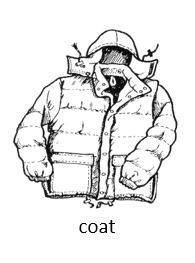
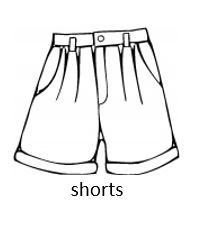
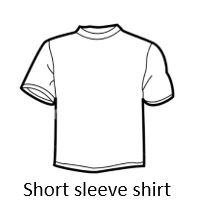
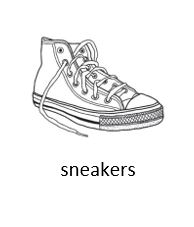
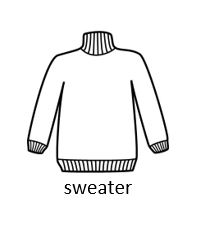
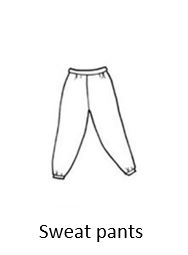
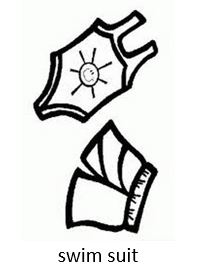
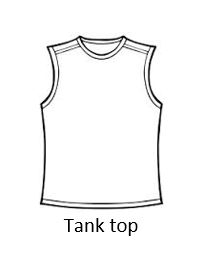
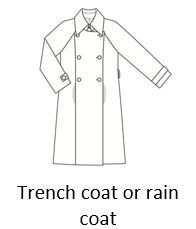
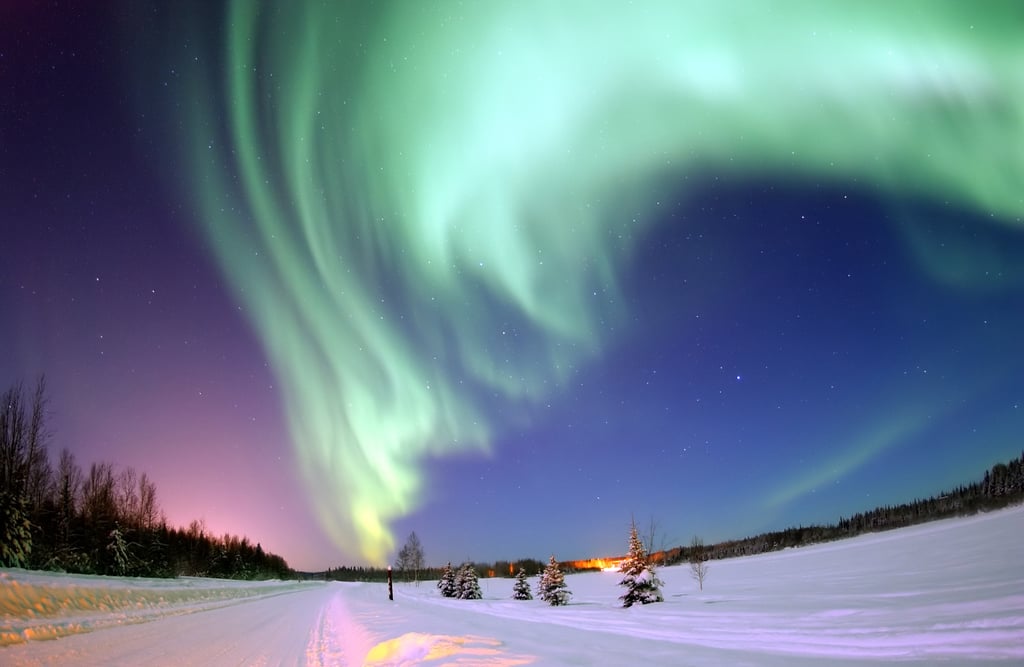
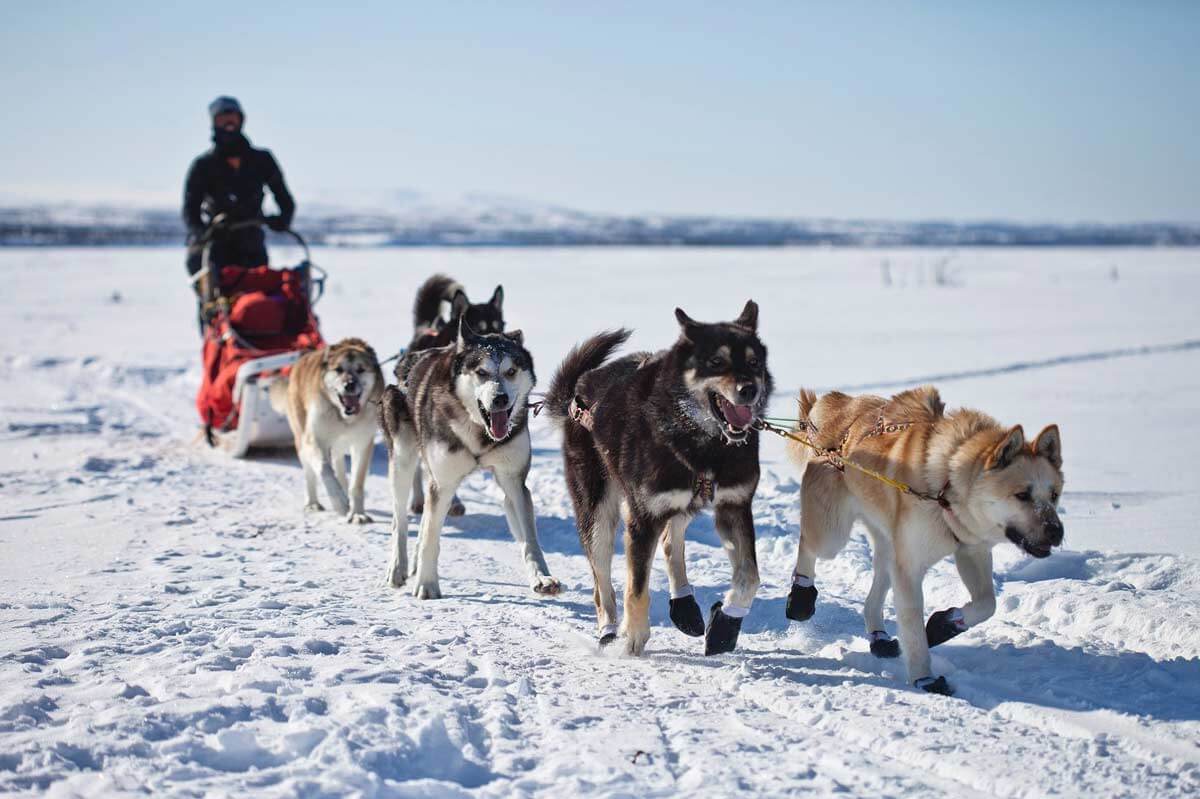
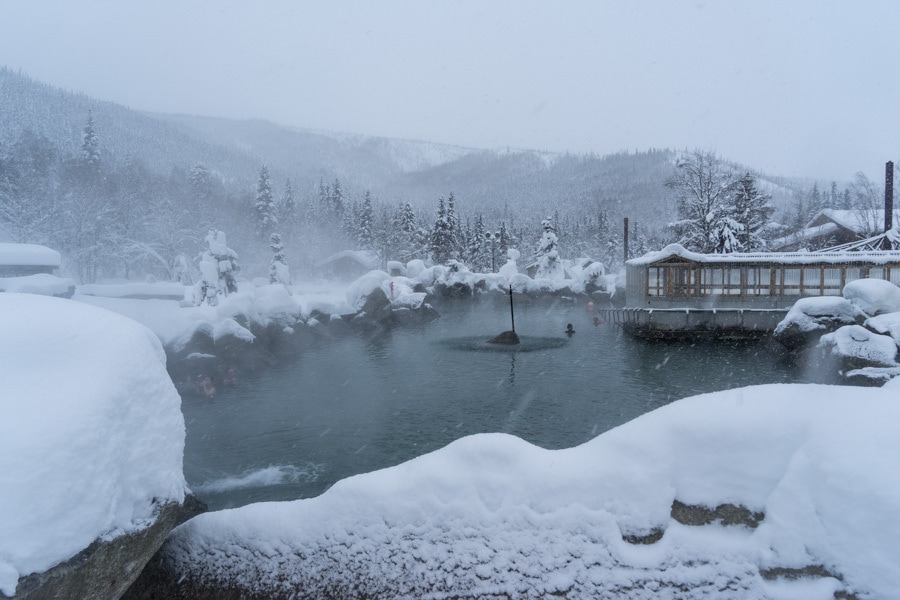

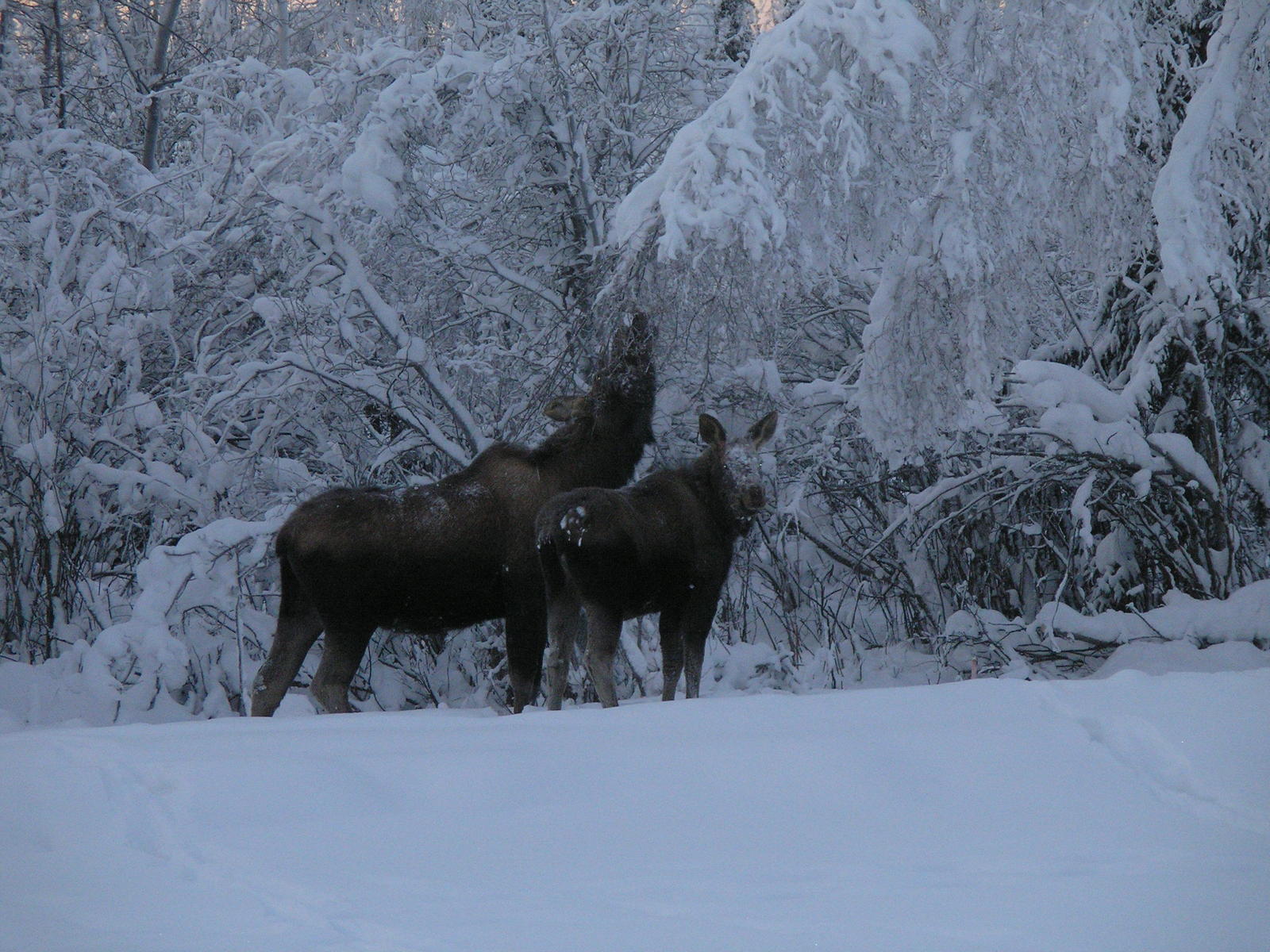
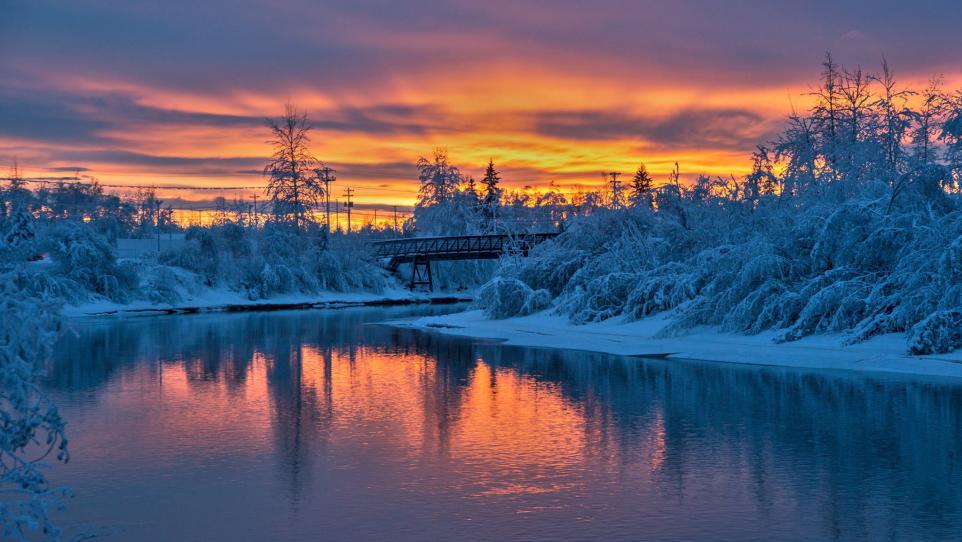
Your friend lives in a place called Fairbanks, Alaska.
This is what their winters look like.
What clothes would they need there?
If you were going to visit your friend in Alaska, what would YOU need?
How are the two places different?
How are the clothes you wear different?
Cut out and glue clothes to bring to San Diego here in your notebook.
Cut out and glue clothes to leave at home here in your notebook.
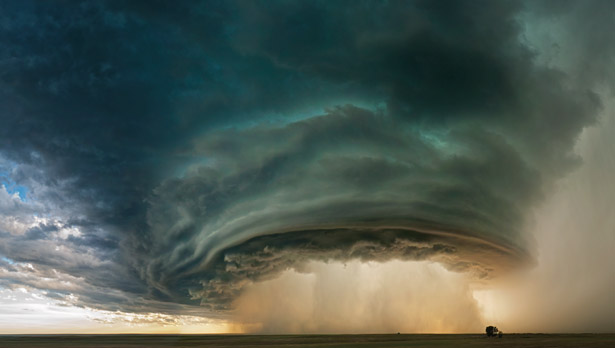
Today we are going to explore weather and weather charting. We will first fill in a KWL chart together as a class. A KWL chart helps us to check our understanding along the way. The K stands for KNOW – what we THINK we know. Sometimes we think we know something, but we find out that we were not correct. The W stands for what we WANT to know. This is the place for our questions or wonderings. The L stands for LEARN. This section will be filled in as we have learned something. To begin with, we will fill in the K and the W as a class. Last week, you did this in your science notebook. You can use your science notebook to help make the class chart.
| K – What We Think We Know | W – What We Want to Know | L – What We Learned |
Click to visit the Weather Underground site for a weather calendar for January.
You can also take a look at other months and other locations to see what the weather is like in different areas around the world.
Take a look at the calendar and share the things that you notice about it. What does it include? What do you have questions about?
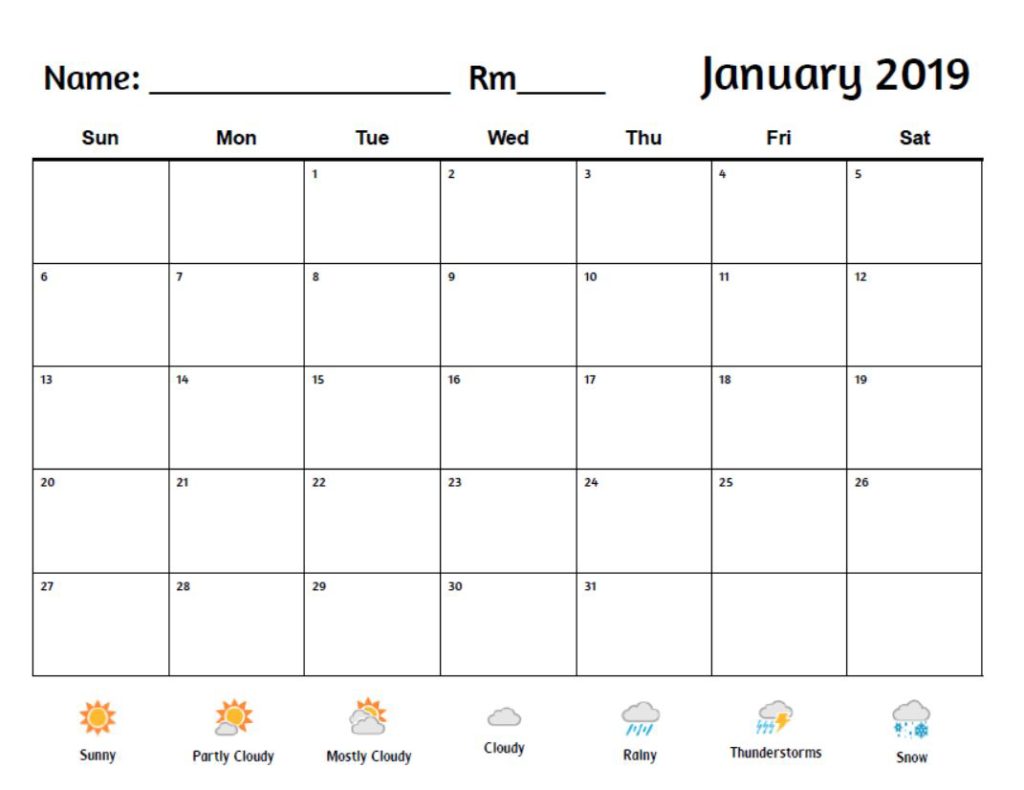
We will use this calendar to record the data that we have so far for January. First, we need to make sure we understand the symbols.
What is the difference between Partly Cloudy, Mostly Cloudy, and Cloudy?
They are all cloudy – so how do you know the difference?
To draw the symbols, use:

Below is what the Weather Underground January calendar shows as of Monday, January 14th. Does it match with what the weather actually was at the beginning of the week? Did we get rain on Monday and Tuesday? Is it raining today? What do you think about the rest of the month? Why are January 28th-January 31st blank? (I copied this on Monday, January 14th at 6:00am)
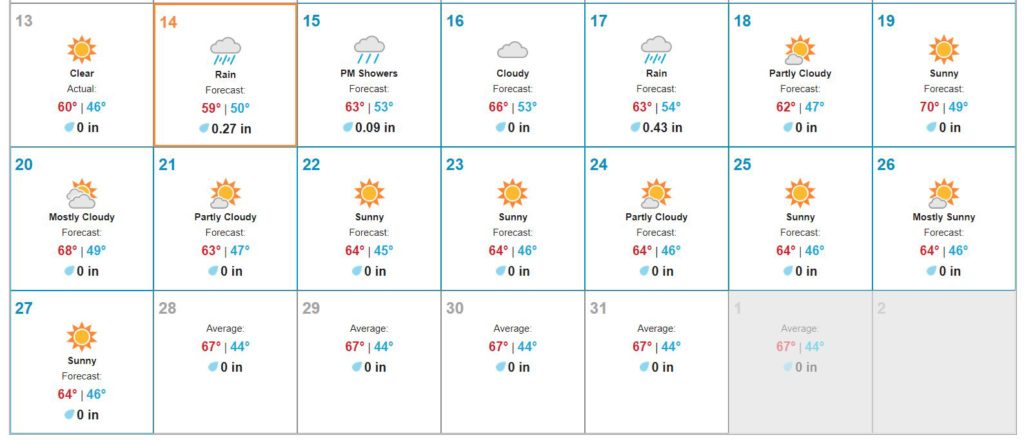
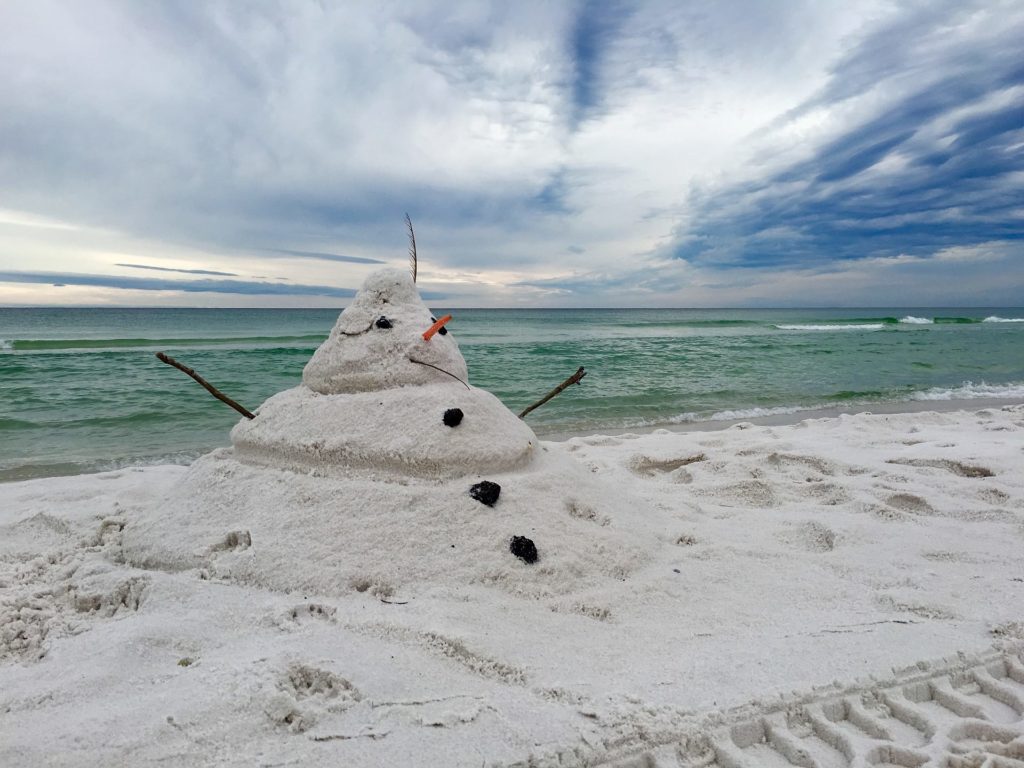
Ever notice how all of the winter photos we see show snow?
Is that true here in San Diego? What has been your experience with snow?
What is typical winter weather in San Diego?
Why do we not get snow?
What kind of clothes would you need for a typical San Diego winter?
?

You must be logged in to post a comment.